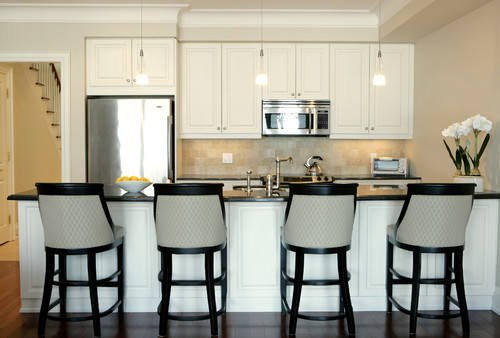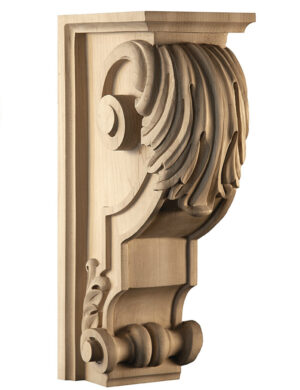Tips for Adding Moulding to Your Kitchen Cabinets
July 21, 2015
If you’re working on a kitchen renovation, then you know there are dozens of decisions to make before you can step back and take a good look at the finished product. If your gut instinct tells you that something is missing, chances are that it’s probably kitchen moulding.

Traditional Kitchen by Markham Interior Designers & Decorators Jennifer Brouwer (Jennifer Brouwer Design Inc) via Houzz
There is no doubt that moulding provides the finishing touch (and some people would say custom touch). In this way, a kitchen without moulding is like a picture without a frame. There are many ways to add moulding to your cabinets, including:
- As crown moulding, the “industry standard” for filling space between the top of the cabinets and the ceiling.
- As stacked or stepped crown moulding, though you’ll obviously need more height to accommodate this decorative touch.
- As interior crown moulding, which often is placed around the perimeter of the ceiling.
- As edge moulding, or around the edge of cabinets and shelves.
- As bottom moulding above the toe kick to make the cabinets look more like furniture.
At Art for Everyday, we know full well how kitchen moulding can transform a nice kitchen into an absolute stunner. Call us for a consultation and we’ll show you the creative possibilities.
